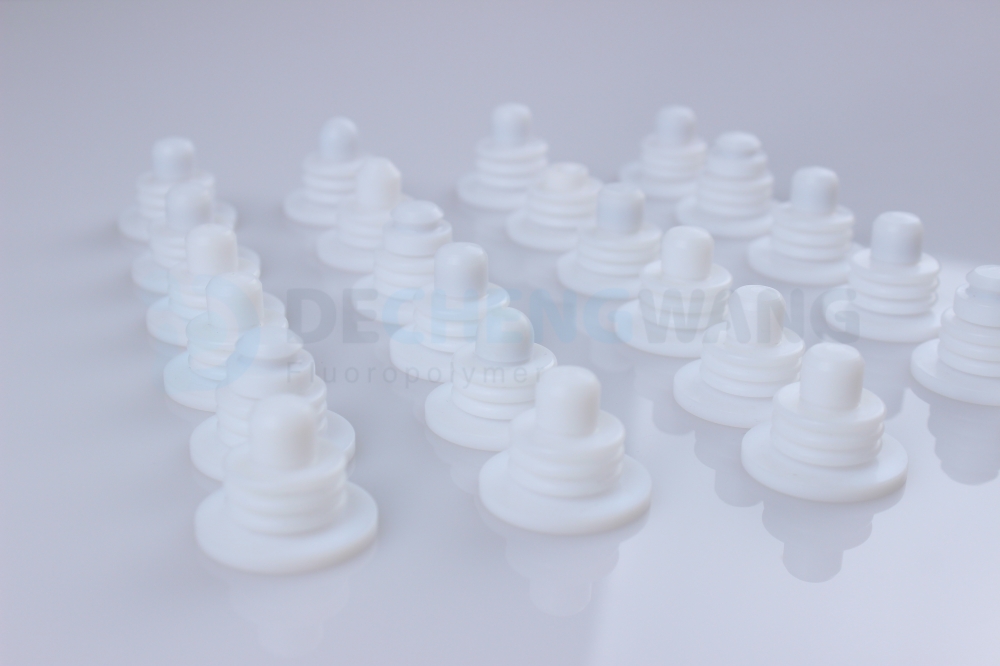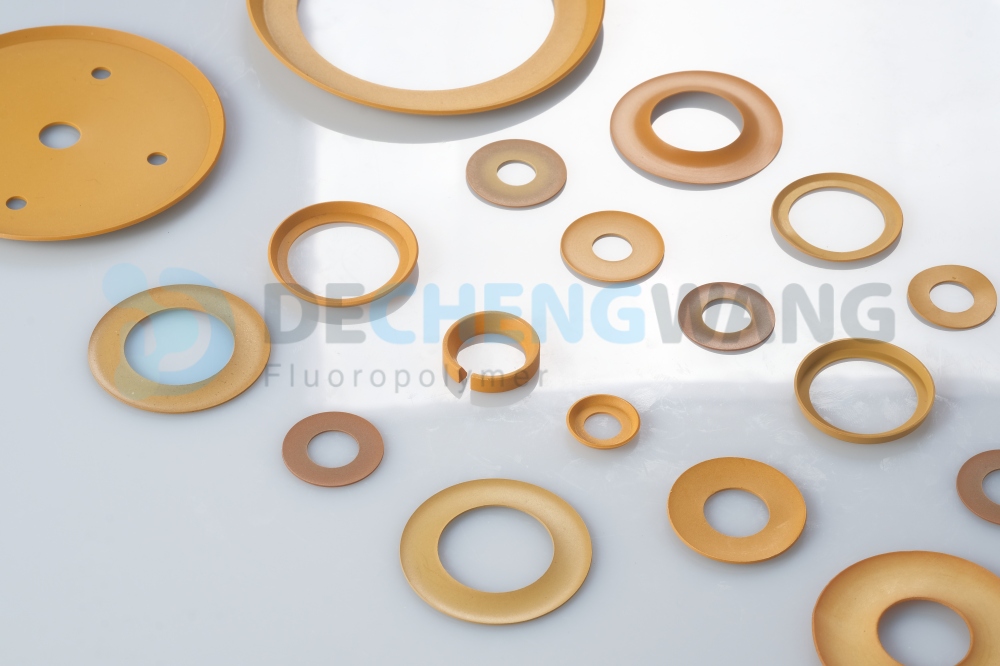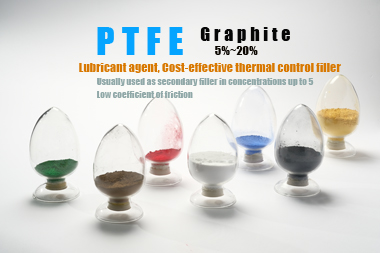Dynamic seals are essential components used to prevent fluid or gas leakage in applications that involve relative motion between two surfaces. They are commonly used in piston engines, pumps, compressors, and other equipment that involve components with continuous motion.
This post offers a comprehensive introduction to what is meant by dynamic seals, the types, common materials used for their making, and factors that influence their performance.
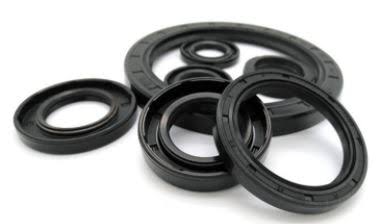
An Overview of Dynamic Seals
Firstly, what is meant by dynamic seals?
Dynamic seals are specially engineered seals that produce a barrier between stationary or moving surfaces either in reciprocating or rotating motion applications. They are designed to retain fluids or gases, stop contaminants, and contain pressure within a mechanical system. The safety features of dynamic seals ensure the prevention of system failure and loss of productivity.
Providing reliable and efficient sealing solutions, dynamic seals help maintain proper fluid or gas containment, reduce energy losses, minimize environmental impact, and enhance the lifespan of the equipment.
Also, by stopping leaks and maintaining system integrity, dynamic sealing contributes to improved performance, increased productivity, and enhanced safety in a wide range of applications, including automotive, aerospace, oil and gas, manufacturing, and many more.
Different Types of Dynamic Seals
The major types of dynamic seals are piston seals, rod seals, rotary seals, and wiper seals. They have distinct characteristics and can be applied for various functions and applications.
Piston Seals
These types of dynamic seals are made from metals and often feature a combination of sealing lips and energizing elements. Piston seals are used to seal cylinders and can withstand high temperatures.
They are available in various configurations, such as compression rings, split rings, and cord rings. These seals are designed to offer a strong barrier between the reciprocating piston and the cylinder bore.
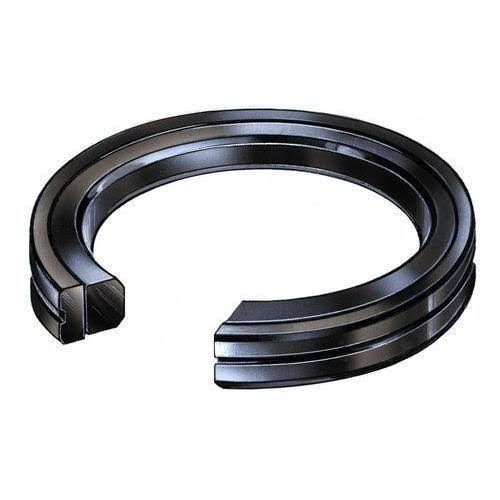
The major function of this dynamic sealing type is to stop fluid leakage from the high-pressure side to the low-pressure side of a hydraulic or pneumatic cylinder. Piston seals guarantee efficient operation by maintaining the required pressure and blocking contaminants from entering the system.
They are widely used across hydraulic systems, including industrial machinery, construction equipment, agricultural machinery, and automotive applications.
Rod Seals
Sometimes called shaft or oil seals, these types of dynamic seals are usually installed on the outer diameter of the reciprocating rod. These dynamic seals are made of elastomers with or without added reinforcement and are designed to provide a dynamic sealing function, preventing leakages and keeping the system safe from external contaminants.
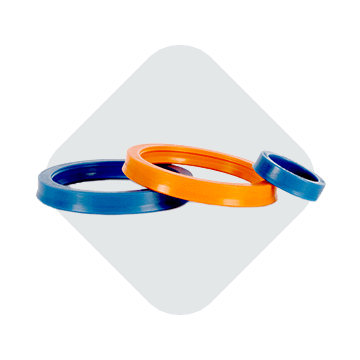
The main function of rod seals is to prevent the leakage of fluids from the system and to protect the cylinder’s rod or shaft from external contaminants, such as dust, dirt, and moisture. These seals are popularly used in hydraulic and pneumatic cylinders, shock absorbers, and other rotary motion applications.
Rotary Seals
Also known as radial seals, these dynamic seals function by providing sealing between a rotating shaft and its housing. They are made of elastomeric materials, including metal or plastic reinforcement.
Rotary seals come with a lip or multiple lips that contact the rotating shaft to create a barrier that stops fluid and retains lubrication within the system. They are specially structured to withstand rotational movements, high speeds, and varying pressures.
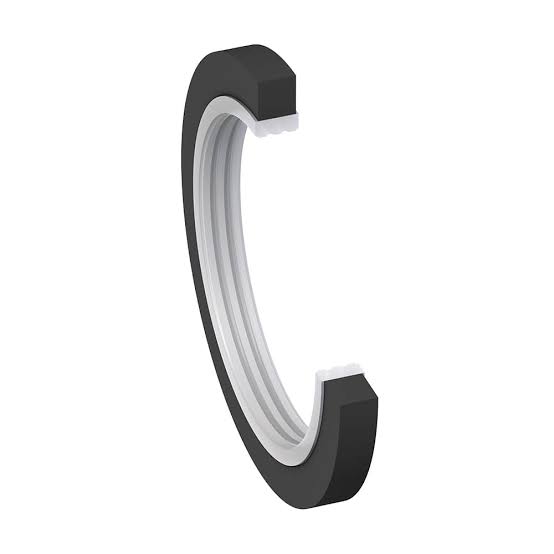
Rotary seals prevent leakage of fluids, such as oil or grease, and protect the system from external contaminants. These seals are commonly used in industries like automotive, manufacturing, aerospace, and machinery, and are employed in various rotating applications, such as gearboxes, pumps, motors, turbines, and rotary actuators.
Wiper Seals
Wiper seals are constructed to remove debris, contaminants, and moisture from the surface of a moving rod or shaft. They come with a lip or multiple lips that clean the contaminants off as the rod or shaft moves. This dynamic sealing effectively performs the function of removing dirt, dust, and particles that could damage the sealing system or the moving parts.
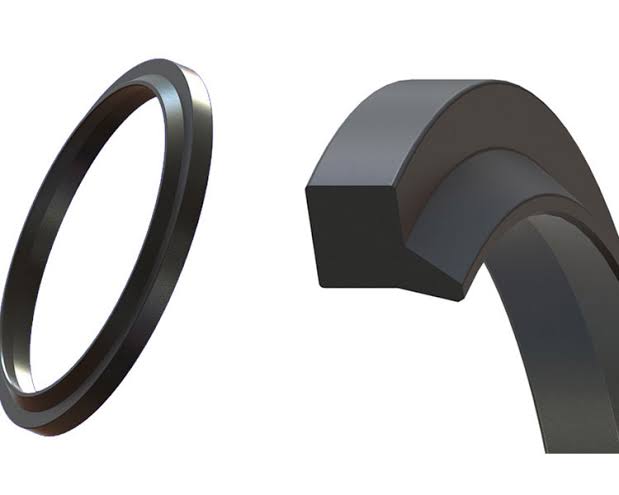
Wiper seals are commonly used in various industrial applications like hydraulic and pneumatic cylinders, construction equipment, and agricultural machinery. They prolong the life of the seals, enhance the performance of the system, and reduce maintenance requirements by keeping contaminating elements at bay.
Common Materials Used for Dynamic Seals
There are three major dynamic seal materials, each with its own benefits and suitability for specific applications. They include Polytetrafluoroethylene (PTFE), Polyurethane (PU), and Nitrile Rubber (NBR).
Polytetrafluoroethylene (PTFE)
PTFE is an outstanding material with excellent properties like a low friction coefficient, which allows for smooth movement and minimized wear in dynamic applications. Also, PTFE’s chemical resistance ensures resistance to harsh fluids or corrosive environments.
Dynamic seals made with PTFE have a wide temperature range that enables them to maintain high performance, even in extreme conditions. The non-stick surface prevents debris accumulation, ensuring optimal efficiency for various industry applications.
Polyurethane (PU)
PU also has exceptional properties like high resistance to abrasion, which makes it perfect for applications that involve frequent movement and contact with rough surfaces. The material also exhibits good flexibility and elasticity, allowing it to accommodate dynamic movements, as well as high and low pressures while maintaining a tight seal.
Thanks to the toughness of these polyurethane dynamic seals, they are guaranteed to last long with high resistance to wear. They can be used in hydraulic and pneumatic systems, construction equipment, automotive components, and many more.
Nitrile Rubber (NBR)
NBR is another popular choice for dynamic sealing, and this is because of its excellent resistance to oils, fuels, and hydraulic fluids, as well as its high tensile strength and great elongation properties. These enable the material to withstand dynamic movements without compromising the sealing performance.
Dynamic seals made with NBR provide premium sealing and stop fluid leakage in a wide range of temperatures, including high and low. These seals are popularly used in hydraulic cylinders, automotive components, and industrial machinery that require durability and resistance to oils.
Factors Influencing the Performance of Dynamic Seals
The degree of dynamic seal performance is majorly determined by some factors, which must be assessed to ascertain how effective the seal will be in ensuring a smooth operation.
Pressure and Load
The pressure and load that the dynamic seals are exposed to is arguably the most important factor that influences their performance. Higher pressure levels can compress the seals and damage their properties. This leads to extrusion, causing the seals to have gaps or clearances that result in leakages. Hence, it is crucial to select dynamic seals with the appropriate toughness and strength to withstand the application pressure level.
Similarly, the amount of load, weight, or force on the seals can impact their performance. Too much load can lead to deformation or distortion of the seals, which reduces their effectiveness. Hence, it is essential to consider the load-bearing capacity of the seal structure, ensuring that the seal material is capable of withstanding the projected load.
Temperature
The differences in temperature also impact the performance of dynamic seals. High temperatures can alter the physical properties of the seals, such as thermal expansion or change in the dimension and ability of the seals. Low temperature, on the other hand, can cause the seals to become stiff and lose their elasticity, which compromises the sealing effectiveness.
Hence, seal materials that can withstand the temperature range of the application should be used. For example, dynamic seals made with PTFE should be used for applications that involve high temperatures or frequent temperature fluctuations. For low-temperature applications, dynamic seals made with lesser temperature-resistant materials like NBR can be used.
Surface Finish and Roughness
The surface finish and roughness of the sealing surface directly affect the durability and overall performance of the dynamic seals. Rough surfaces are causative factors for increased friction and wear, which accelerates degradation and leakages. This can extend to micro-gaps that allow fluid or gas to penetrate, compromising the seals’ effectiveness.
Hence, to optimize dynamic sealing, it is crucial to ensure that the sealing surfaces are smooth. They can be polished and coated to get a suitable finish. Another approach is to incorporate sealing lips to help maintain contact with the surfaces. This compensates for minor surface imperfections and improves sealing efficiency.
DCW: Custom High-Quality Dynamic Seals
Dechengwang is a professional and reliable manufacturer with over a decade of experience in making a wide variety of fluoropolymer parts, including dynamic seals. These seals are clinically structured to effectively prevent leakages and ensure smooth operations. In addition to providing high-quality dynamic seals, we offer various value-added benefits, such as:
Flexible MOQ
Making dynamic seals that can be used across many industries, including chemical, food & beverage, aerospace, automotive, electronics & semiconductors, mechanical engineering, and oil & gas, we offer a flexible minimum order quantity, accommodating both small and large orders.
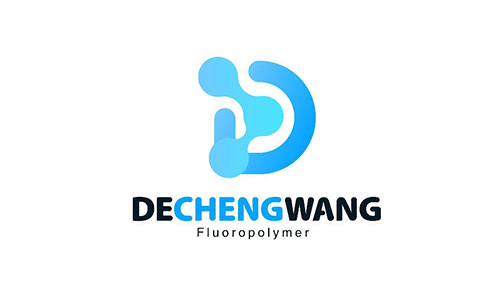
Wide Range of Materials Available
Having highly-skilled engineers with a broad range of capabilities, we have expertise in using various dynamic seal materials, including PTFE, PU, NBR, PEEK, PVDF, etc. Every material and production process we use is in conformance with the ISO quality management system.
Conclusion
In summary, this post has shed light on what is meant by dynamic seals and it has been established that they are critical components that ensure the integrity and efficiency of mechanical components by preventing fluid or gas leakage. Their importance cannot be overstated, as they perform a vital role in several industries by enabling reliable and effective sealing in applications that involve continuous movement.
At Dachengwang, you can get all kinds of dynamic seals, including piston, rod, rotary, or wiper dynamic seals. We are available 24/7 to reply to your inquiries. Click this link to get in touch with us.

